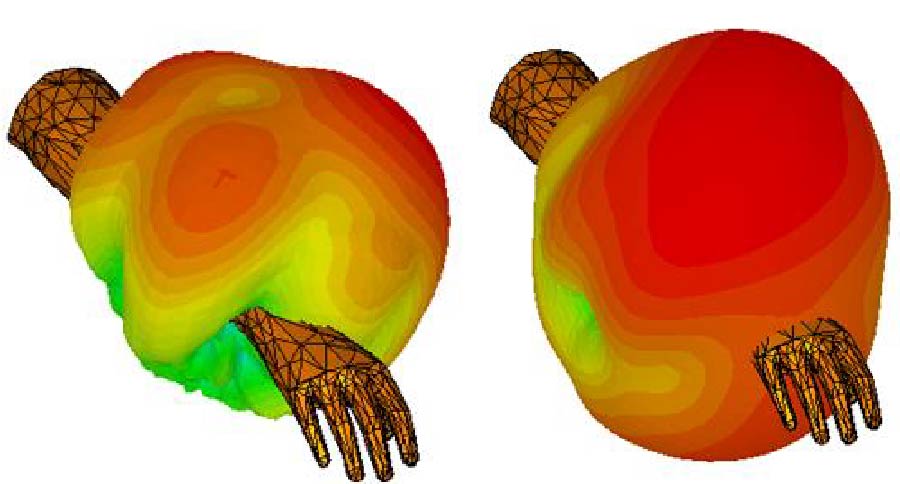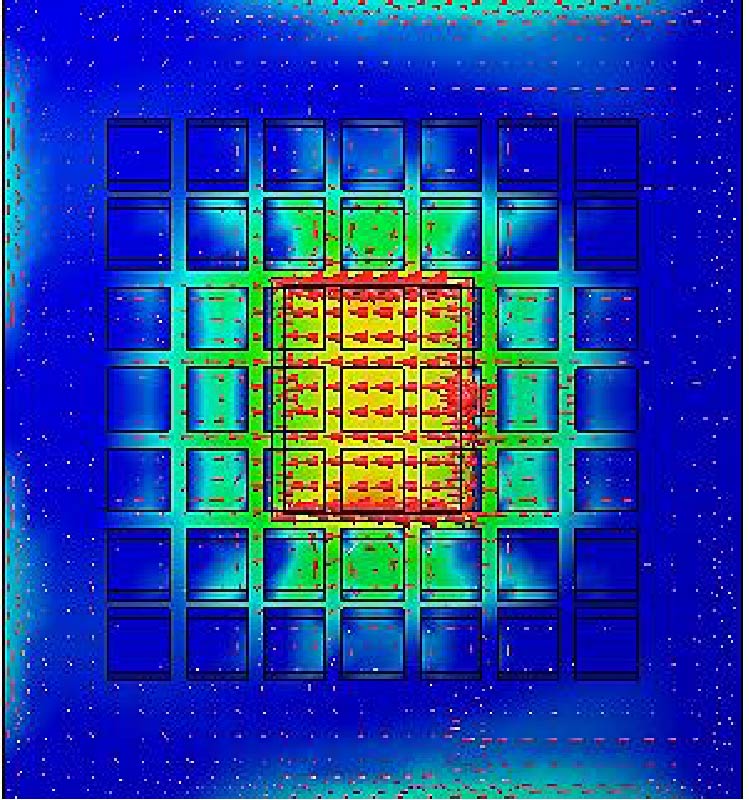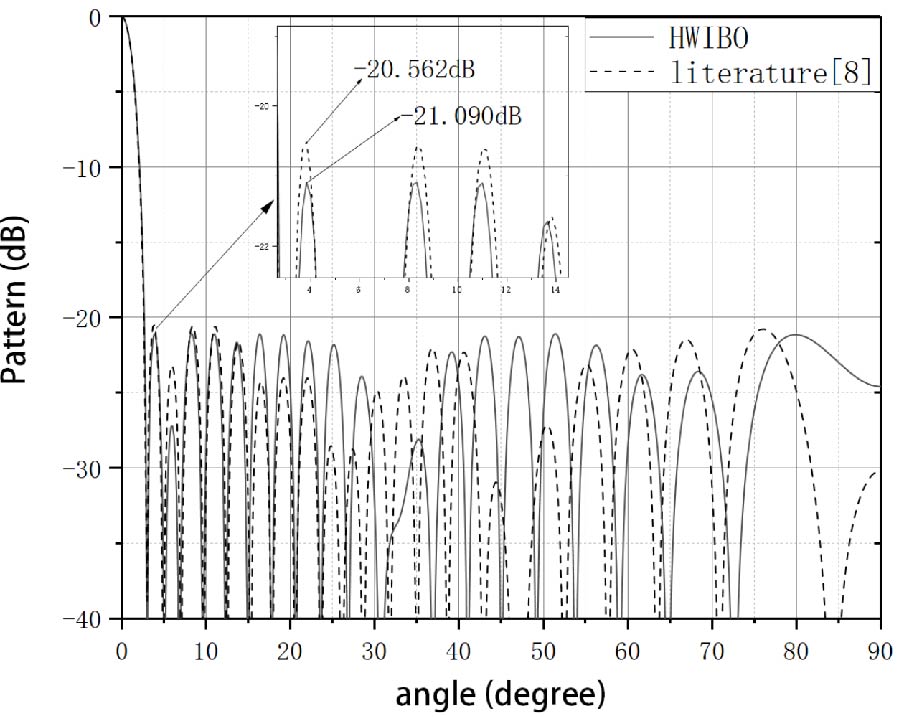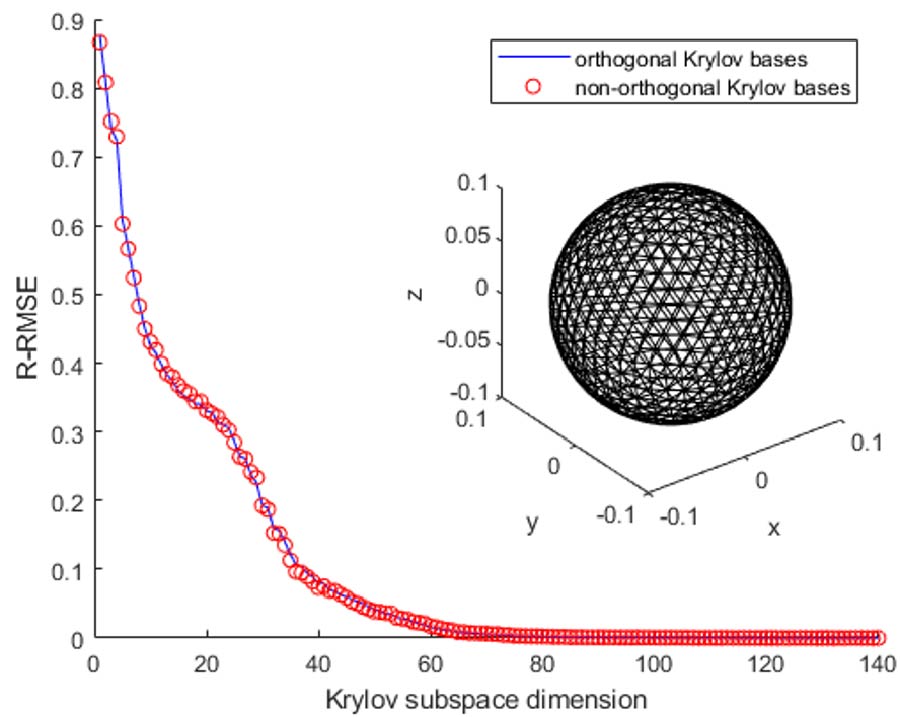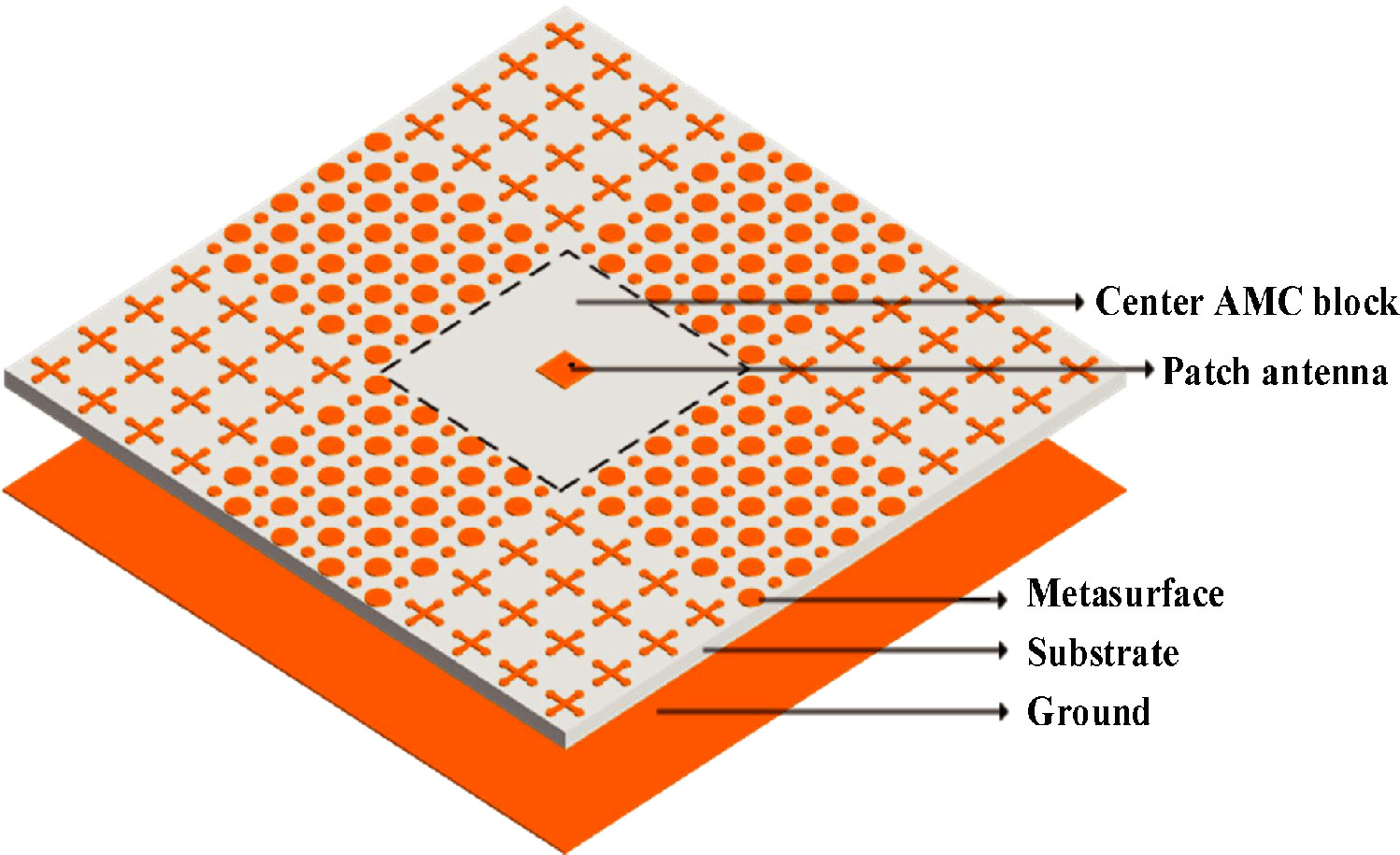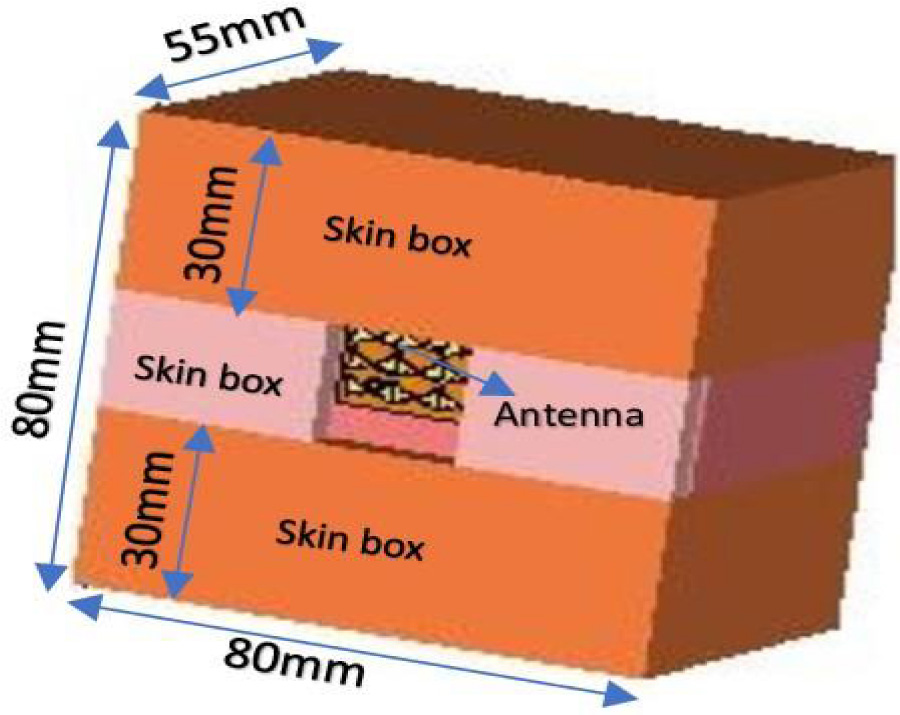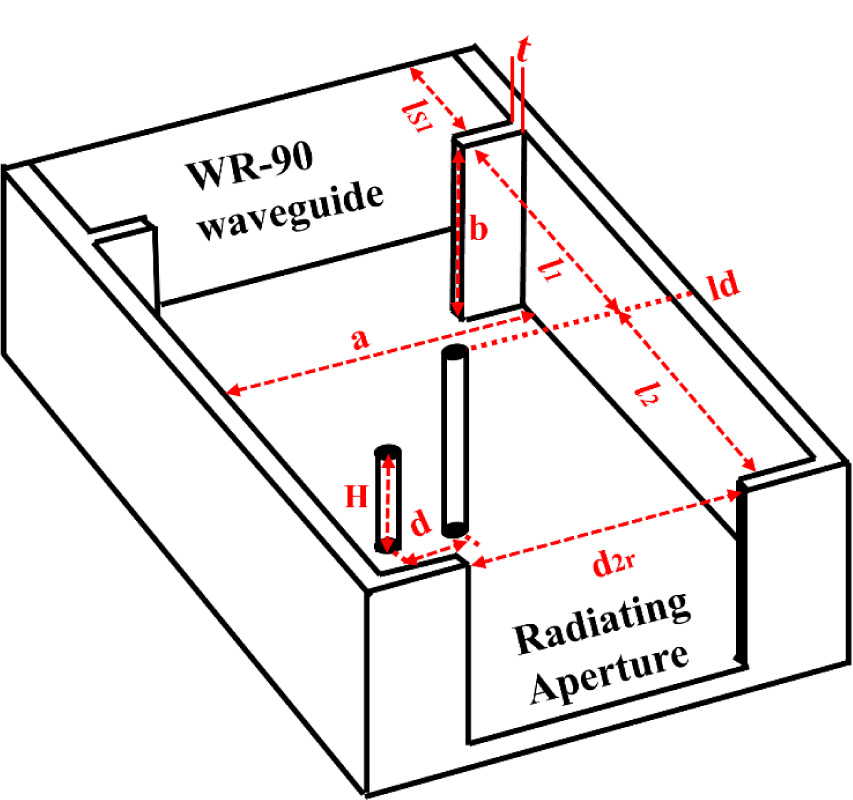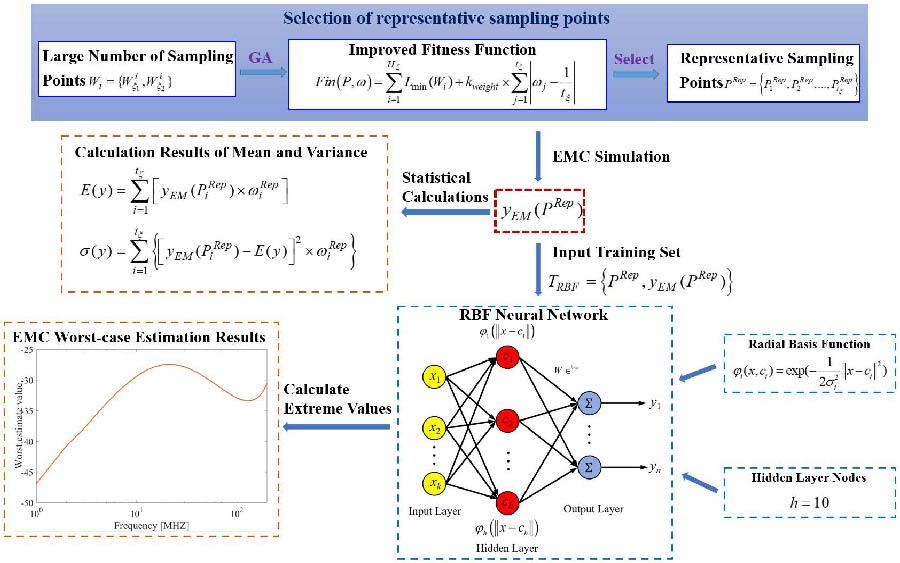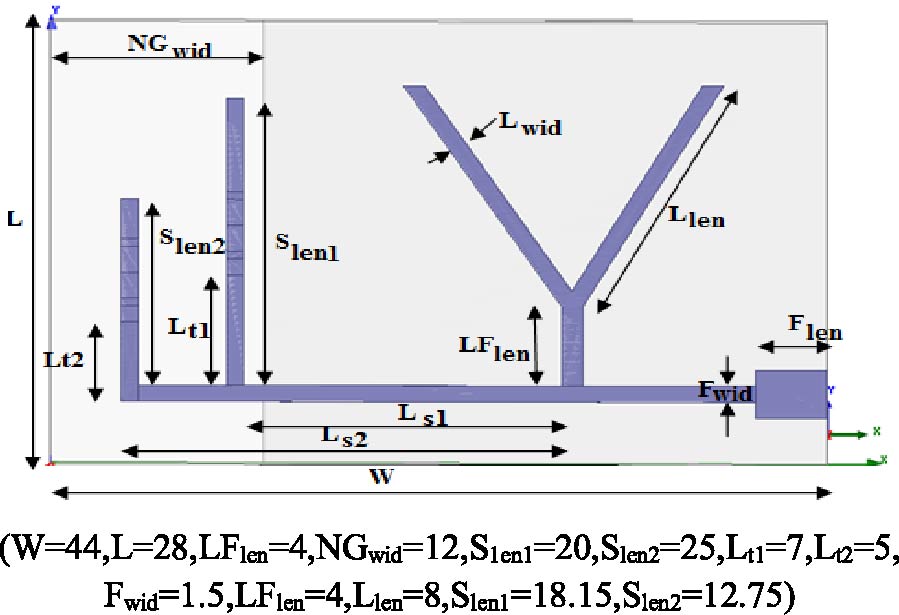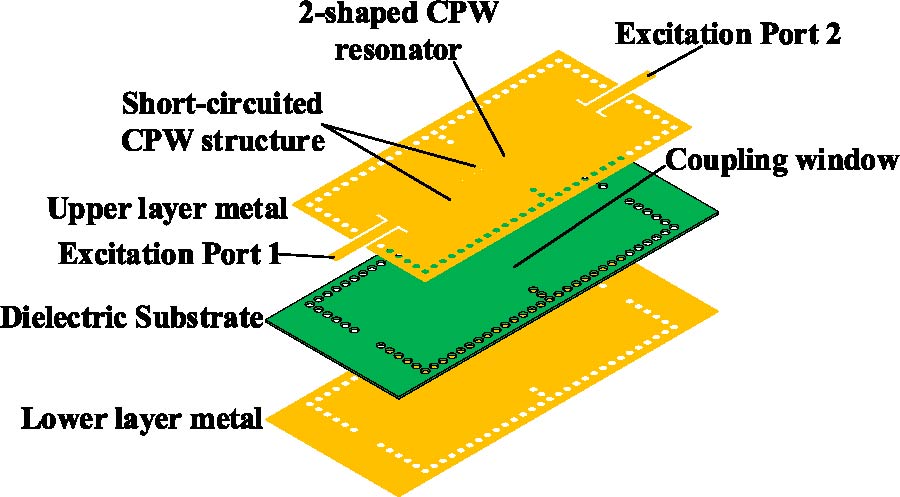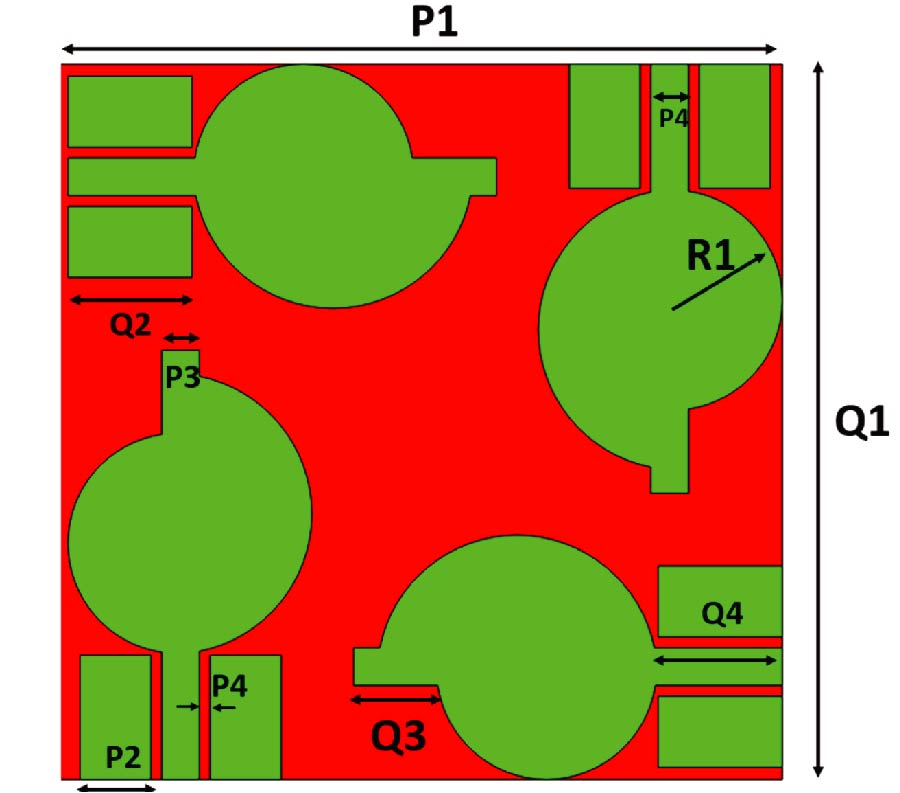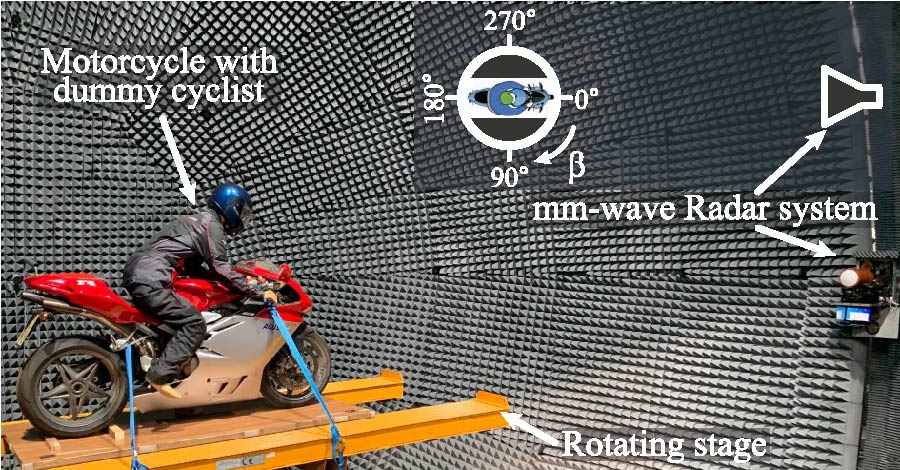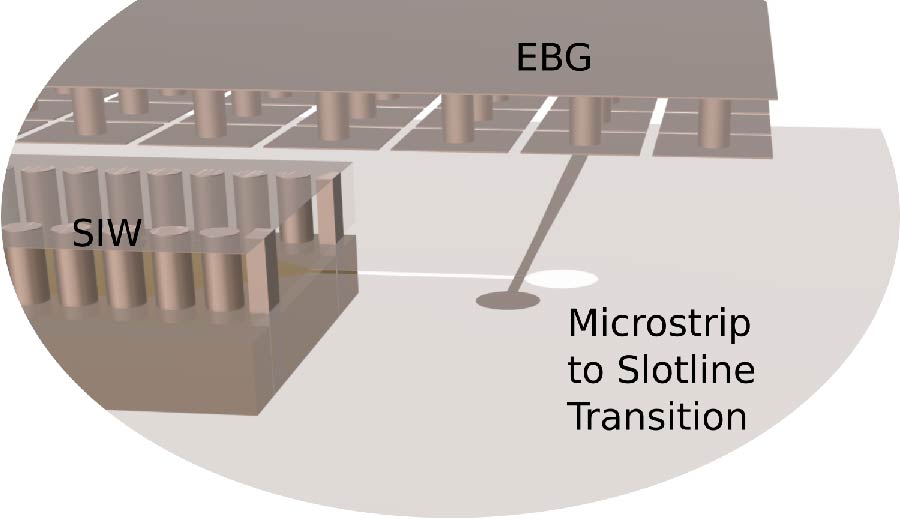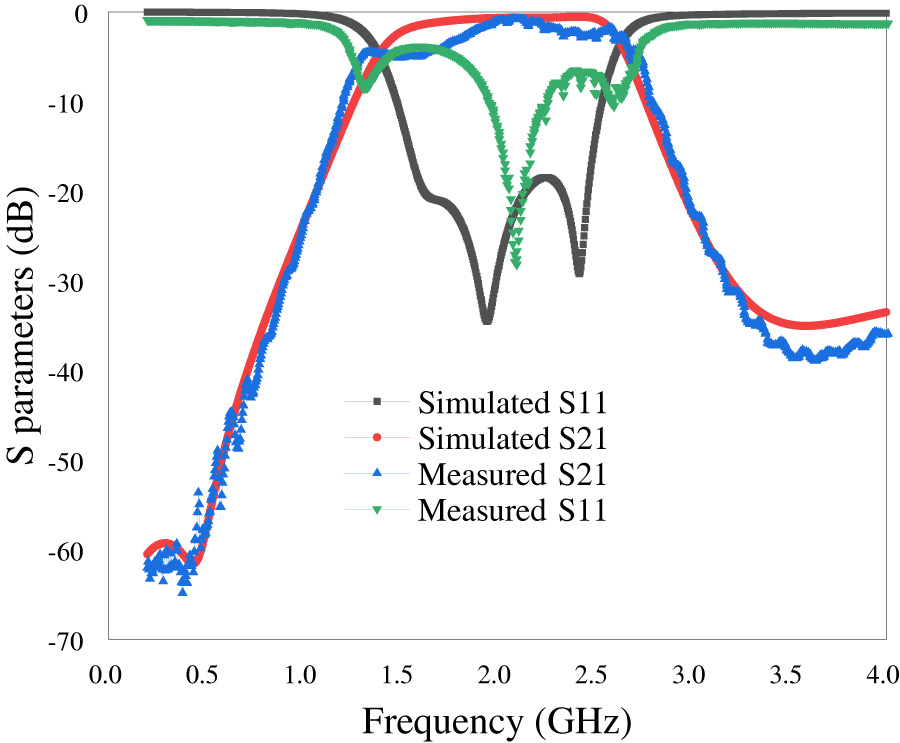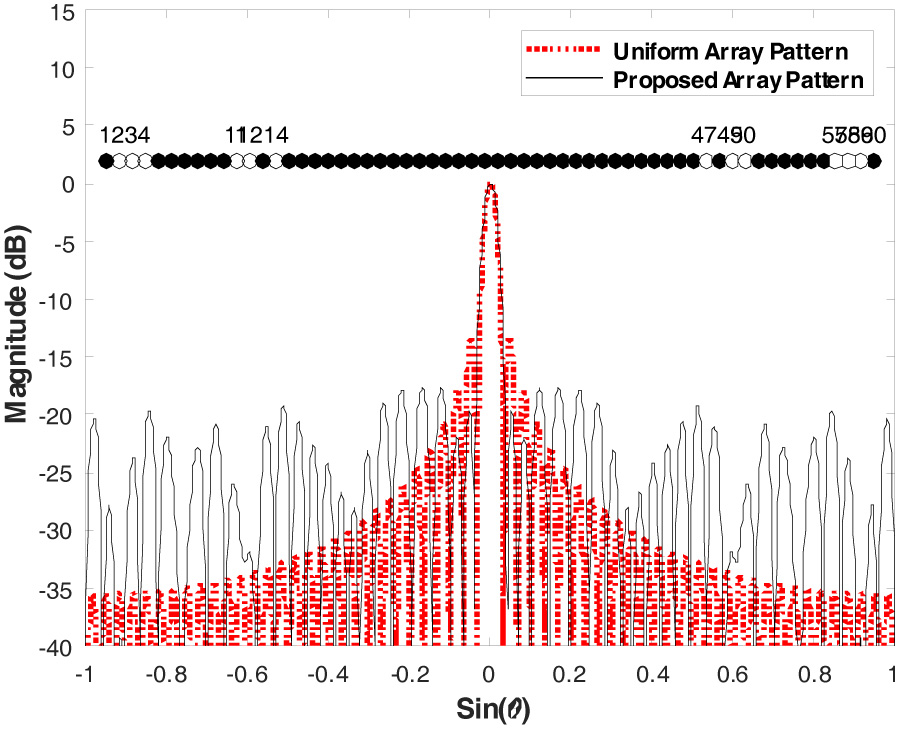Underdetermined Equation Model Combined with Improved Krylov Subspace Basis for Solving Electromagnetic Scattering Problems
Cunjie Shen,
Xin-Yuan Cao,
Qi Qi,
Yunuo Fan,
Xiangxiang Liu,
Xiaojing Kuang,
Cheng-Hua Fan and
Zhongxiang Zhang
To accelerate the solution of electromagnetic scattering problems, compressive sensing (CS) has been introduced into the method of moments (MoM), Consequently, a computational model based on underdetermined equations has been proposed, which effectively reduces the computational complexity compared with the traditional MoM. However, while solving surface-integral formulations for three-dimensional targets by MoM, due to the severe oscillation of current signals, commonly used sparse bases become inapplicable, which renders the application of the underdetermined equation model quite challenging. To address this issue, this paper puts forward a scheme that employs Krylov subspace, which is constructed with low complexity by meticulously designing a group of non-orthogonal basis vectors, to replace the sparse transforms in the algorithmic framework. The principle of the method is elaborated in detail, and its effectiveness is validated through numerical experiments.
